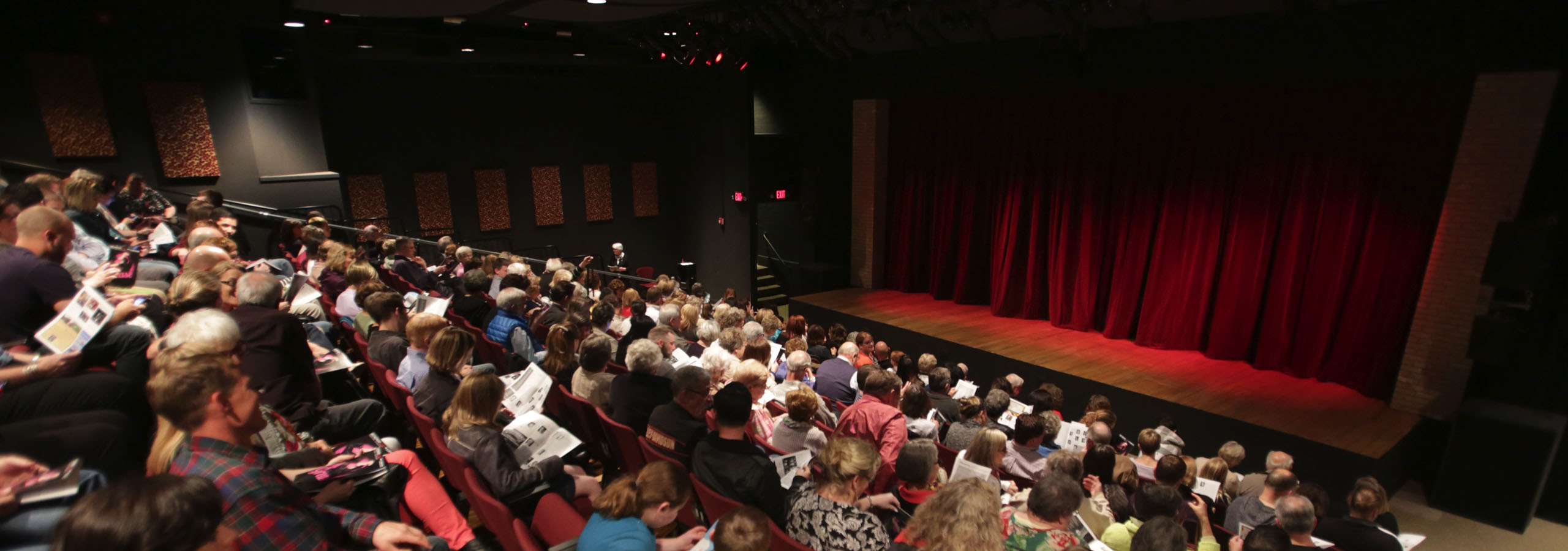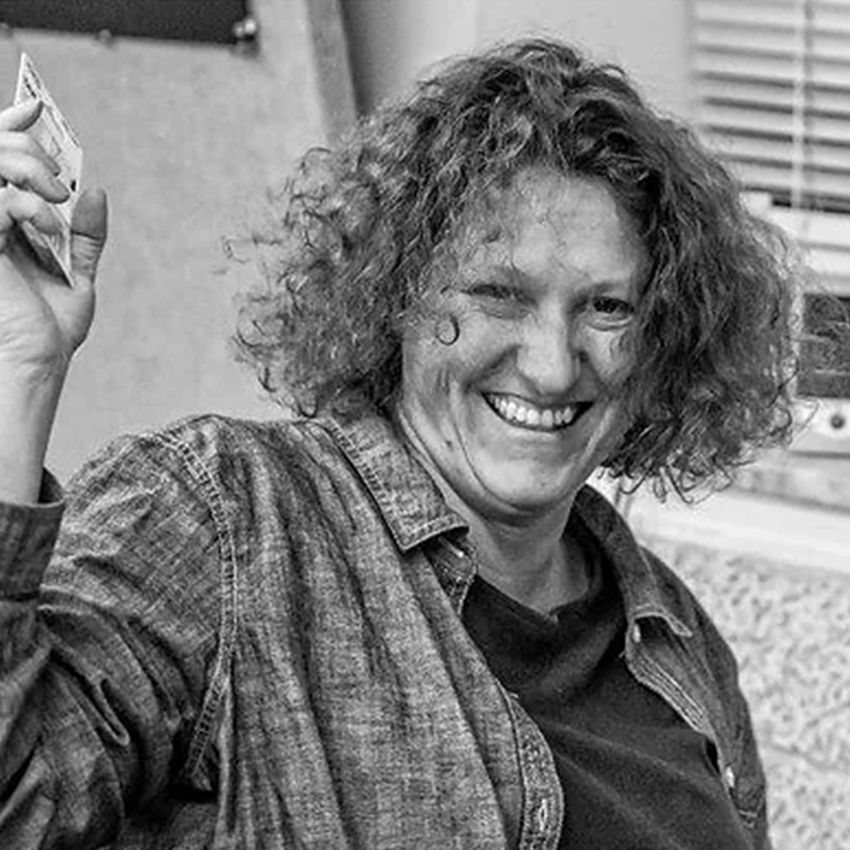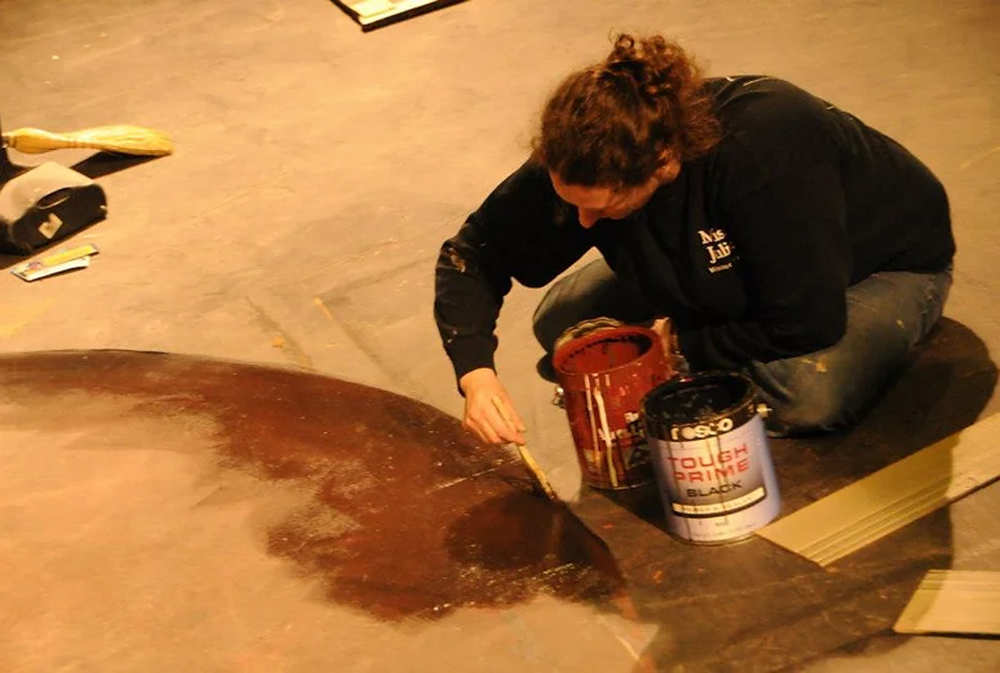
Meet the Artist
KRISTEEN WILLIS, LIGHTING DESIGNER
Regards from Broadway Rose
Summer 2023

Kristeen Willis, lighting designer
“If it’s something to do with the theatre I’ve probably done it at this point, whether it’s in front of the stage or behind it – but lighting is where my heart is.” ~ Lighting Designer Kristeen Willis
What is a lighting designer? A lighting designer works with the director, choreographer, set designer, sound designer, and even the costume designer to create the lighting systems for a show.
Kristeen Willis has a Master of Fine Arts in lighting design and over 25 years of experience in the industry. She is the lighting designer for the Broadway Rose productions of Joseph and the Amazing Technicolor Dreamcoat and Rodgers + Hammerstein’s Cinderella. Kristeen is a resident artist with Artists Repertory Theatre, has designed locally and regionally, was nominated for an Ovation Award in Los Angeles for her work on Foxfinder with Furious Theatre Company, and has won several Drammy Awards in the Portland area for both lighting and scenic design. Staffer Dani Wright sat down recently with Kristeen to talk about her experience in theatre.
Where do you start when designing lights?
Story is always the starting point for me. Then I move to architecture – I think about what the space is and how I can live within that space. Then I look at how the director is interpreting that space with the actors, and I choose what elements to exaggerate, emphasize, or lean into to tell the story. I’m a very intuitive designer, and a lot of what I do with lighting is in reaction to the set designs and director’s choices, and even in response to how the actors relate to the piece. I gather information from the script, the set, the decisions of the creative team, and the decisions of the actors themselves, and I also feel my choices in many ways.

Kristeen is also an incredible scenic designer and painter
What’s something people may not realize about lighting design?
I don’t think most people realize the amount of science that is involved in lighting design. I chose lighting design as my career path because I love the way that it combines science and art. You have to know a lot about physics and about how light works in order to be able to manipulate and paint with light. That’s how I think of lighting design: painting with light.
What is unique about designing lights for Joseph?
Ultimately the play is called Joseph and the Amazing Technicolor Dreamcoat. “Technicolor” says a lot about the approach that one might take. There’s a lot of color and there are no hard and fast rules. I don’t necessarily have to live within a sense of reality. The sky can turn green, and that’s okay, for a moment. It’s very freeing to have the ability to suddenly have rainbows dancing across the backdrop. And because there are very few moments were there is not music playing, there’s a constant rhythm and movement which leads to the potential for a lot of variations in the lighting as well.
In designing Joseph, I also had to think about how to design systems of light that will work for both Cinderella and Joseph – so that as we move from one show to the next, we won’t have to rearrange all of the lights during the very short turnaround time between these summer shows.
You mentioned that your lighting design is often based on the response of actors onstage, can you give an example of that?
Everyone knows how a song sounds that is a little sad versus a joyful song. I can shift the quality of the light to match that. Some of it has to do with colors and color temperature – warmer colors tend to be more joyful, cooler tones more sad. I lean into purples and pinks for romance, cooler tones for sad. Sometimes I use green for an out of this world, or strange or evil feeling. I will lean into reds for anger or overly passionate feelings. I do a lot of psychological relationships with color and mood and tone. An example would be the difference between a night scene that is blue and a night scene that is purple. We are used to watching television shows that use blue light to show the viewer that it’s nighttime – there is a blue slash of light through the blinds onto the character’s face, and you know that it’s nighttime outside. If we add a little bit more red, making that blue a little bit purple, suddenly there’s a subtle shift to romance.
What has been your favorite or most challenging project?
My most challenging or favorite project might be one and the same. I took my first lighting design project for Artists Repertory Theatre in 2008. The production was Sarah Ruhl’s Eurydice. The set was amazing, but it was not an easy set to light. It included a catwalk, and below that was a ceiling stretched across the entire top of the theater, with the actors entering at times from above. So I had to find odd places to put lights and I got to be pretty creative about it – I wound up putting a light in a teddy bear so that someone could hold and point it, and we built prop lights that could be used at various points. I had to really think outside the box for that production. In many ways, it was both the most challenging project I have worked on as well as my favorite.
Do you have any advice for lighting designers starting out?
Don’t be afraid. Get some assistant positions, work with designers, learn methodologies, develop relationships, and don’t be afraid to try things – there are no rules in lighting design. A lot of people have come up with a lot of ideas on how to light things, but no one production is the same as another, so theories are really just that, theories. And also, when it comes to lighting design, sometimes less is more.
Kristeen Willis’s upcoming projects include lighting design for Rodgers + Hammerstein’s Cinderella with Broadway Rose, and a production this September with PassinArt.

